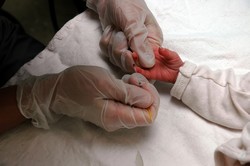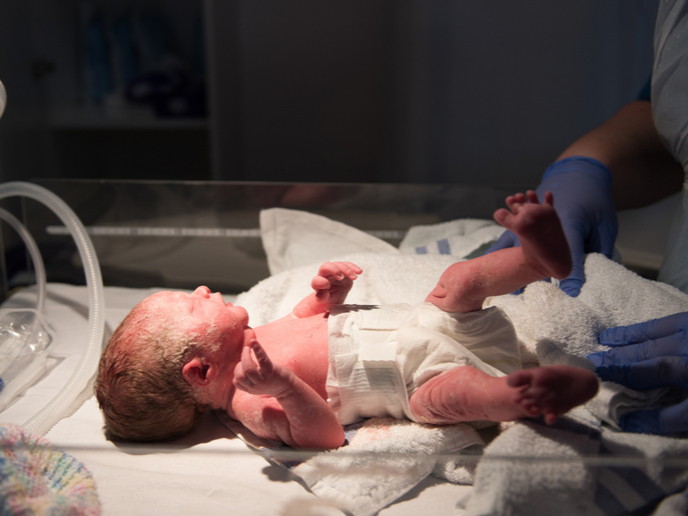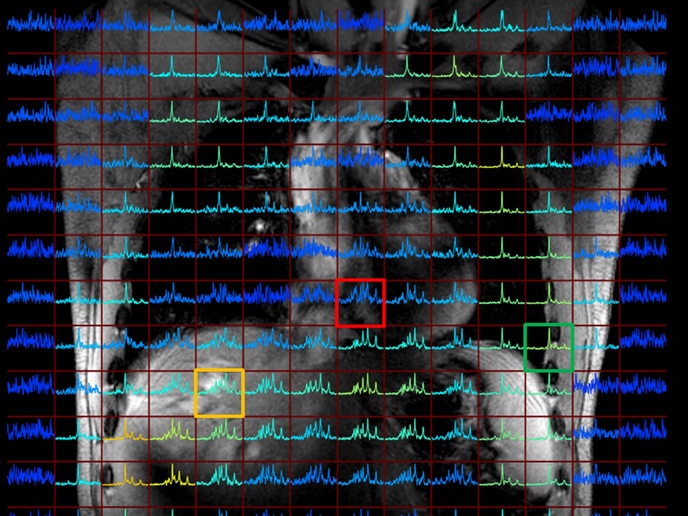Evaluation of thalassaemia drugs in children
Beta thalassaemia major is one of the most severe forms of chronic congenital anaemia caused by a genetic deficiency in the production of haemoglobin. Currently, transfusion therapy has to be coupled with iron chelation to remove excess iron accumulation from frequent transfusions and prevent potentially fatal multi-organ dysfunction. Similarly, patients with sickle cell disease and other haemoglobinopathies around the world need blood transfusions and iron chelation throughout their lifetime. Iron chelation agents approved for clinical use are deferoxamine (DFO), deferasirox (DFX) and deferiprone (DFP). Although DFO has been effective, there is poor compliance particularly in paediatric patients due to the necessity of subcutaneous administration and toxic side-effects. Orally administered drugs like DFP and DFX are therefore more popular choices due to better compliance and improved quality of life. However, there is limited clinical data available on DFP and DFX effects in children. According to the Paediatric Committee at the European Medicines Agency (EMA), there is a great need to obtain data for the use and efficacy of deferiprone. Towards this goal, the EU-funded project DEEP (Deferiprone evaluation in paediatrics) set out to integrate the existing information on deferiprone use in paediatric patients through 3 clinical trials studies on children with age groups ranging from 1 month to less than 18 years. The consortium successfully obtained a paediatric investigation plan approval and developed a new liquid formulation of the drug for use in children. The flavour of this new formulation was specifically tailored for the paediatric population and was developed by the pharmaceutical project partner. It was tested in paediatric patients in a multicentre pharmacokinetics study involving 7 clinical centres in Europe and in a comparative efficacy and safety study involving 23 clinical centres in Europe and North Africa. An additional observational clinical study aimed at evaluating the long-term safety of deferiprone was performed. Collectively, the activities of the DEEP consortium successfully filled the knowledge gap on the efficacy and safety of deferiprone in children with congenital haemoglobinopathies. Pharmacokinetics results provided scientific evidence that the dosage of deferiprone used in adults can give sufficient exposure to ensure efficacy also in small children. Importantly, the novel formulation is expected to improve compliance and thereby patient outcomes.
Keywords
Beta thalassaemia, paediatric, deferoxamine, deferiprone, DEEP, pharmacokinetics







